Mechanisms of Musculoskeletal Pain
Bogduk N. The Journal of Orthopaedic Medicine 28(3) 2006
With three published texts and over 200 indexed articles , Nikolai Bogduk is one of the world’s foremost authorities on biomechanics of the spine and musculoskeletal pain, so when I came across this article I knew it would have some pertinent information that help us understand our patient’s pain.
Sample of Scalene Muscle trigger points and referred pain pattern
Key Points:
Pain transduction is ascribed to free or unencapsulated nerve endings with the following hierarchy of sensitivity; Periosteum, ligament, joint capsule, tendon, fascia, and muscle.
Reminder: that pain from a muscle is more commonly felt over the joint that that muscle moves.
How pain is created in the body: Mechanical or chemical stimuli affect free nerve endings in a peripheral nerve. Central transmission is then the term used for propagation of action potentials from the first order neurons (free nerve endings) to the second order neurons which form tracks in the spinal cord to higher centers in the brain and thalamus. Modulation then occurs in these tracks which involved intersegmental and descending pathways from the brainstem that inhibit and control the first synapse in this pain pathway. Physiologically it then follows that modulation is one of the mechanisms that upper cervical chiropractic helps control pain occurring almost anywhere in the body!
Sensory (afferent) nerves and Sympathetic nerves contribute to mechanisms of inflammation in the body. Chiropractic adjustments decrease sympathetic tone in the body, help to reduce inflammation and therefore pain.
Clinical Pearl: The next time you have an IME telling you that a patient has a ‘non-anatomical’ distribution of pain and therefore their pain is not genuine, you can also use this article to cite that ‘Ongoing pain sensitizes the central nervous system to produce larger areas of pain’ that may not follow classic anatomical distributions.



